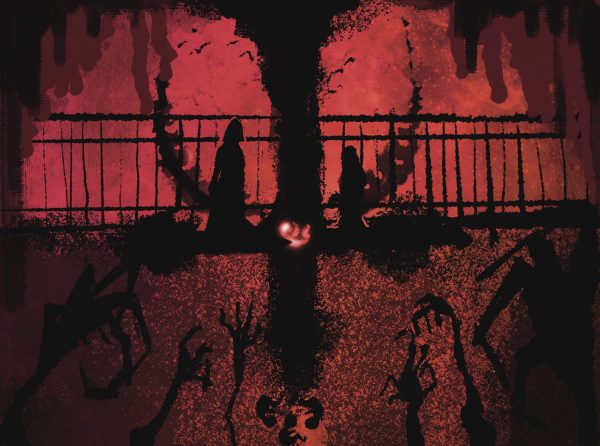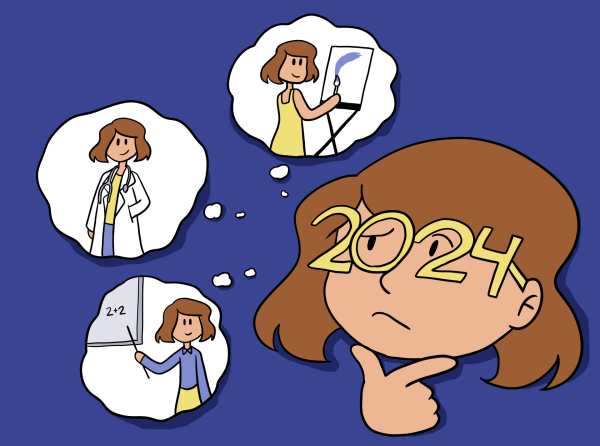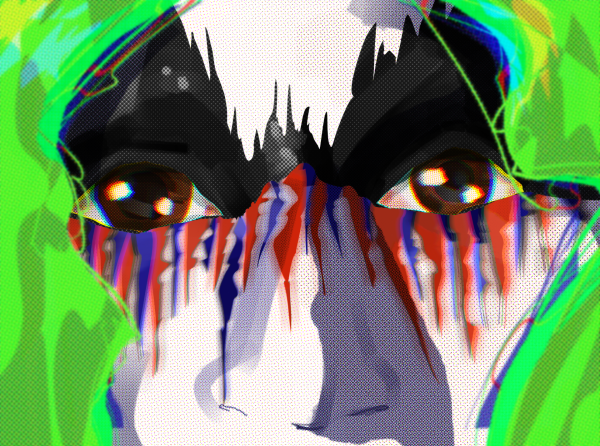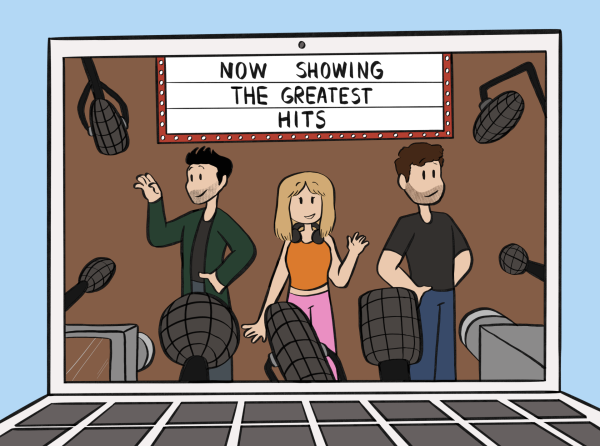Snapchat’s update unrest
Angry reactions to new format unlikely to manifest in usage decline
A confused Snapchat user attempts to make sense of the recent update to the app’s user interface, specifically the new “Discover” page that is focused on paid content. (Nikki Roberts | The DePaulia)
When Snapchat launched as an iOS-only app in 2011, it was not the app that users know and love today. Over the past seven years, Snapchat has updated, rebranded and added a multitude of social media features that have altered how users interact with the app and their Snapchat friends. What once began as an idea created in co-founder Evan Spiegel’s father’s living room is now a picture messaging app appraised at $22.7 billion.
Much of Snapchat’s popularity is due to its assortment of basic, easily accessible features. In a sense, Snapchat simplifies the features offered on many other social media platforms. Users can send pictures and messages to their Snapchat friends just as they can on other platforms, but on Snapchat, the sender can set a time limit ranging from one to 10 seconds for how long the receiver can view their message. Snapchatters can post pictures and videos on their “stories” section, which their friends can view for the next 24 hours. Users can also track their friends’ location on the new Snap Map, which features animated characters called Bitmojis that represent their friends’ whereabouts. Other notable features include decorating pictures with digital “stickers,” creating a customized Bitmoji character and using Snapchat’s facial recognition technology to take pictures with interactive filters.
I’m so overwhelmed by @Snapchat now that I’ve pretty much stopped using it. The update is terrible ?
— Monica Ten-Kate (@MonicatheMedium) February 13, 2018
Snapchat’s latest update, which has been in the works since November 2017, launched on Feb. 6. The update did not add or remove any features, but rather, altered the layout of the app’s user interface. The new interface kept Snapchat’s recognizable three-screen layout, but changed which screen many of its features can be accessed from. These changes have prompted a growing trend of dedicated Snapchatters taking to social media to air their complaints.
“I don’t like that (Snapchat) has now become messy, unorganized and cluttered,” Ariana Abonce, a self-professed frequent Snapchatter said. “It’s harder to find messages I have with my friends because I have to scroll past the new stories to find the person I was messaging; I don’t like having the people I talk to mixed with the people I don’t talk to.”
In addition to voicing discontent with the new interface, many users have also used social media to express their considerations about dropping the app completely. For many, the changed interface seems too drastically different to ever acclimate to.
Anger directed towards changes to social media platforms is a common trend that has almost never manifested in large-scale change. While it may be popular to voice an opinion over a recent update or new social media feature, few users change their online habits to align with the views they express in their posts.
“I think people are complaining because it’s such a big change to get used to,” said Reed Dale, a casual Snapchat user. “I think that in a couple of weeks everyone will be over it and have adjusted to it by then. It’s not the first time Snapchat has changed their user interface and I’m sure it won’t be the last.”
Similar social media trends include the online uproars that occurred when Instagram and Facebook launched their own version of 24-hour Snapchat stories in August 2016 and September 2016, respectively. Compared to Snapchat’s 158 million daily users, the social media giant Facebook is used by 1.4 billion people daily, according to Facebook’s Newsroom. However, neither app saw a decrease in usage, and Snapchat did not suffer because of the competition, either. Instead, many angry social media users simply adapted to the new features and now use them regularly. According to Buffer, more than 150 million people around the globe use the Instagram story feature daily.
Gonna stop using Snapchat. This update is HORRENDOUS ??
— Sarah Hutchinson (@SarahHutchinson) February 13, 2018
“It’s pretty much the same uproar that doesn’t have much backing to it, and that people get over quickly,” said Mae Krell, a professional social media editor. “Everyone was mad about Instagram stories, but now, everyone uses them because their algorithm makes it hard to have reach otherwise. I honestly think people want to get mad about everything when it comes to social media, and there usually isn’t a real reason to be.”
Many infrequent Snapchat users have welcomed the interface update because they view it as separating the unwanted “fluff” and advertisements from the app’s most basic features.
“I think it was a good move to put stories adjacent to who you were talking to and separating the ‘ads’ from your social life,” said Dale. “It’s just nice to have your conversations and stories in almost one spot. You can still access everything else the same way you used to.”
This acceptance may be an indication of why social media apps prevail, even when under public scrutiny. For casual users, changes to the interface, or the removal or addition of features, are unlikely to affect their usage trends because they are not committed to one app. For more dedicated users, such as Abonce, simple changes to their primary social media app can elicit more emotional responses.
“It’s sad that the place where the stories originally used it be is just news and gossip about celebrities,” said Abonce. “I never liked the news stories to begin with. It just seems like so much advertising now, and it’s losing what made Snapchat special.”
Social media makes it easy to voice discontent over trivial matters, such as minor changes to an app’s user interface. Not only does it give users easy access to an audience, but it allows them to see and mimic their friends’ angry posts as well. The trend of expressing anger towards social media platforms seems to fluctuate according to changes within the apps themselves, but so far, social media companies don’t seem like they’re interested in revoking their updates just to appease the angry posts.


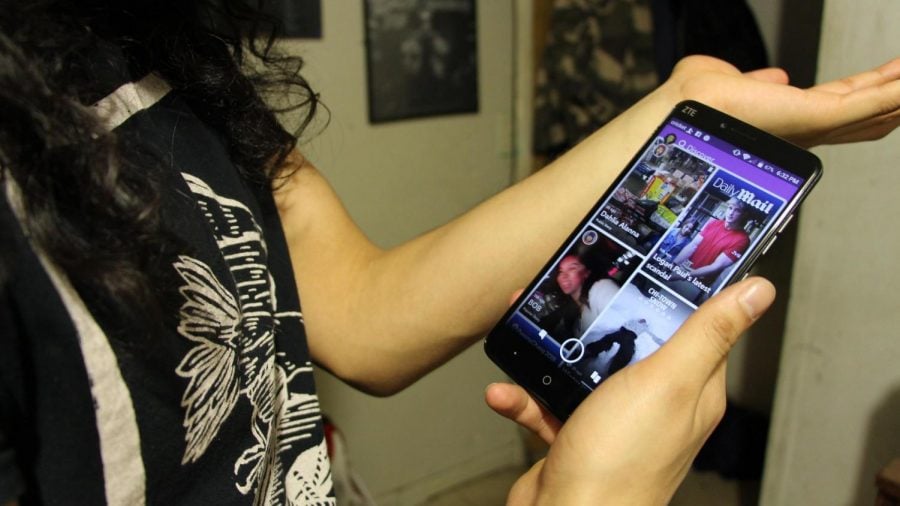

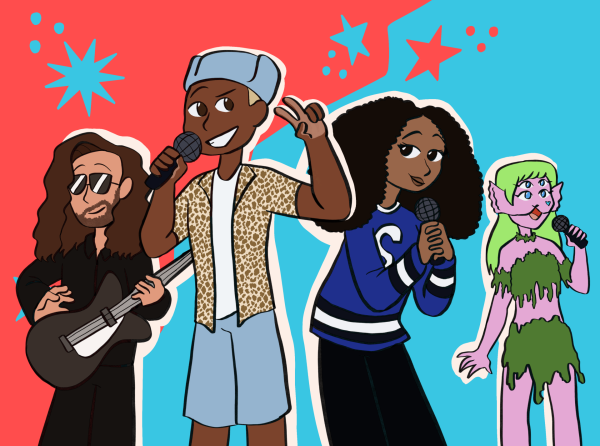
![DePaul sophomore Greta Atilano helps a young Pretty Cool Ice Cream customer pick out an ice cream flavor on Friday, April 19, 2024. Its the perfect job for a college student,” Atilano said. “I started working here my freshman year. I always try to work for small businesses [and] putting back into the community. Of course, interacting with kids is a lot of fun too.](https://depauliaonline.com/wp-content/uploads/2024/04/ONLINE_1-IceCream-600x400.jpg)

